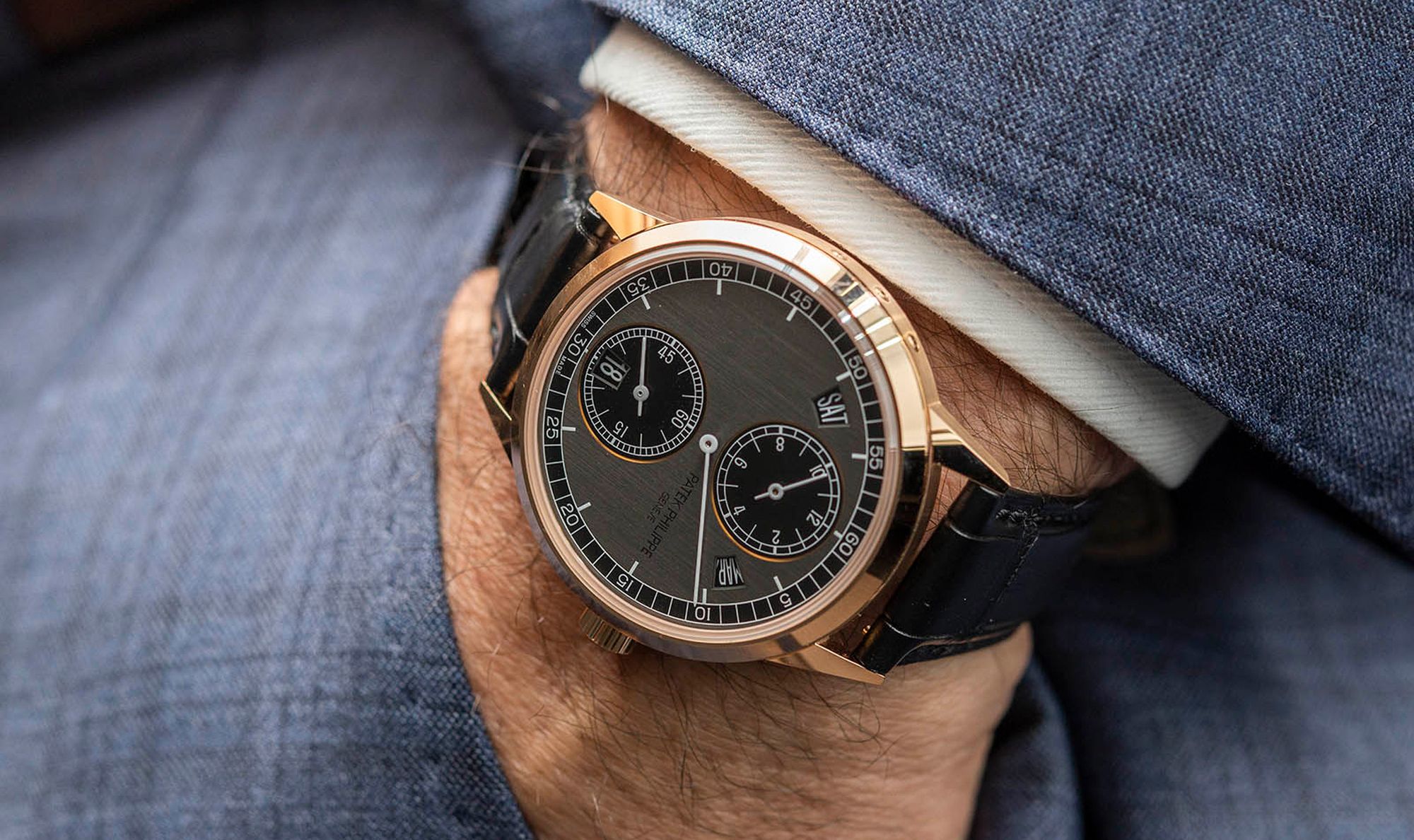One-hand watches - many designs
Since the 1990s, watches with a single hand got a new lease of life. Brands like Neuhaus, Botta and Meistersinger were pioneers in this regard. The rough scaling, which only shows the hours, definitely has its charm. This is also due to the decelerating effect created by the hand, which moves slowly but steadily. Instead of the normally very exact time display, you have an approximate "shortly before 9". For people who usually travel in an extremely hectic environment, this is an absolute proof of luxury. The concept of watches with only one hand is not a new one, but dates back to the beginning of the 18th century, for example in the form of pocket watches, grandfather clocks or church tower clocks. At that time, the technical conditions were not yet such that more accurate time displays were possible. Since industrialization, that changed, but the return to pre-industrial watchmaking traditions is a nice tribute.
Highest accuracy with regulators
Watches with regulator displays also feature a rather unusual design, which deviates significantly from the standard hand arrangement. Here, too, there is a central hand whose presence dominates the dial and which exclusively displays minutes. The hours and seconds can be read on the off-center subdials. Historically, regulators were made to calibrate other clocks with the help of particularly accurate timepieces. They were primarily used in laboratories, where absolutely precise timekeeping was required, and were then increasingly used as wristwatches. Nowadays, regulator watches are available in numerous designs and from a wide variety of brands. One of the entry-level models, for example, is the Hamilton Jazzmaster Regulator Automatic. This elegant stainless steel dress watch with a classic design distributes its subdials asymmetrically on its 42 millimeters; the hours at 10 o'clock and the seconds at the 5 o'clock. Another prime example is the Patek Philippe 5235/50R from the Complications collection. The watch in rose gold features a regulator display as well as an annual calendar. Unlike the Jazzmaster, however, its subdials are symmetrically arranged. Here, the hours are located at 6 o'clock and the seconds at 12 o'clock. The classic design of the watch is complemented by slim hands and a railroad minute dial.
Mechanical watches, digital displays - a good combination?
Digital displays at first remind us of the quartz watches of the 70s and 80s. Surprisingly, however, they also work very well in combination with mechanical watches. Casio and Seiko have already set a good example here, but we would also like to mention the Zeitwerk from A. Lange & Söhne and the Omega De Ville Prestige Jumping Hour.
What does the future hold?
Currently, we see a lot of promising, innovative approaches that make us want more. The watches from the Swiss manufacture Uhrwerk, for example, have made a name for themselves with their futuristic design, the highlight of which is the satellite display with the semicircular minute scale. HYT has also made a positive mark here: the so-called Meca Fluidic Technology, with which all of the brand's watches are equipped, displays the passing hours via a colored liquid - something completely new for a change. We look forward to seeing what the next few years bring.


